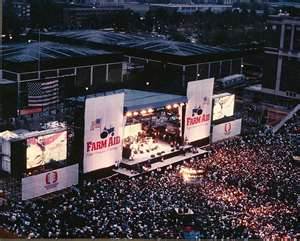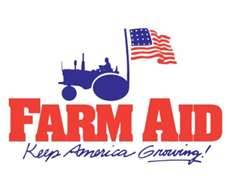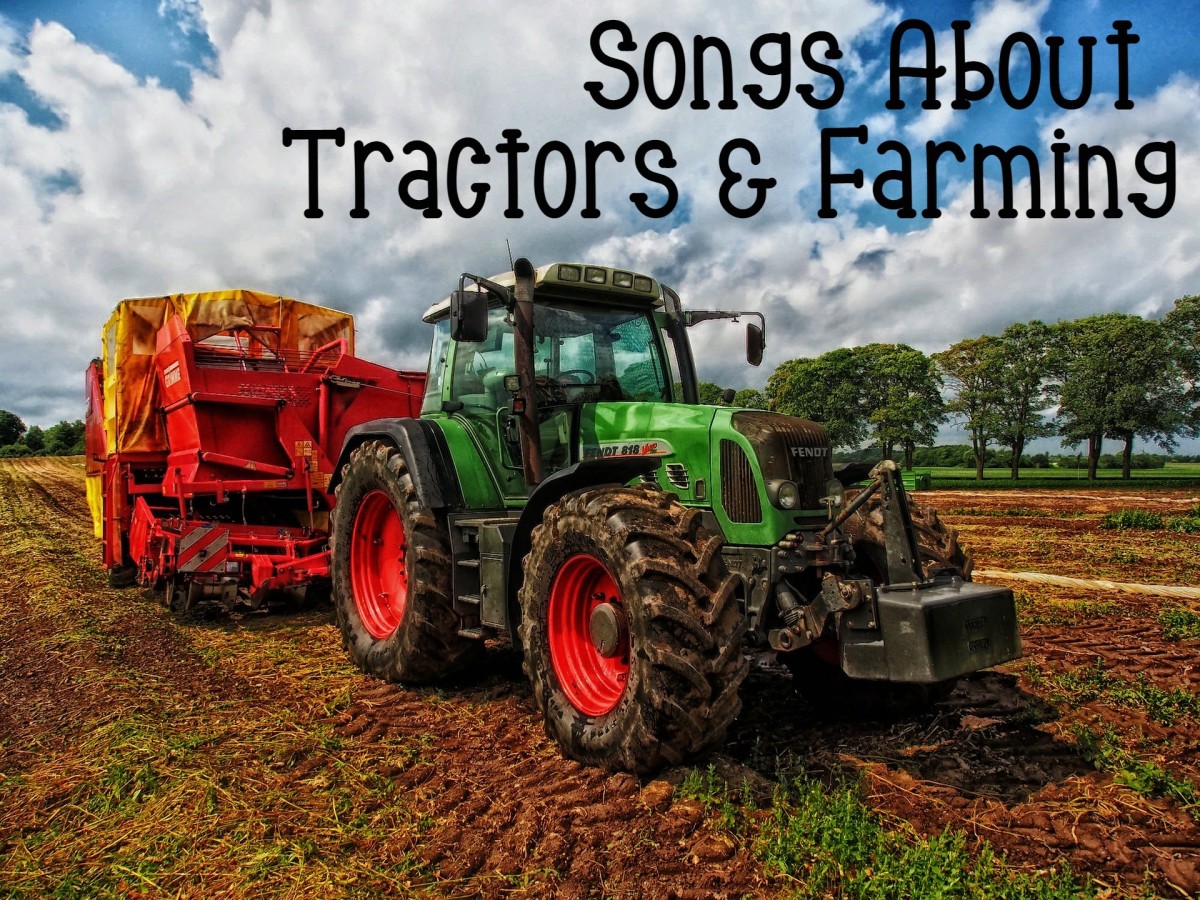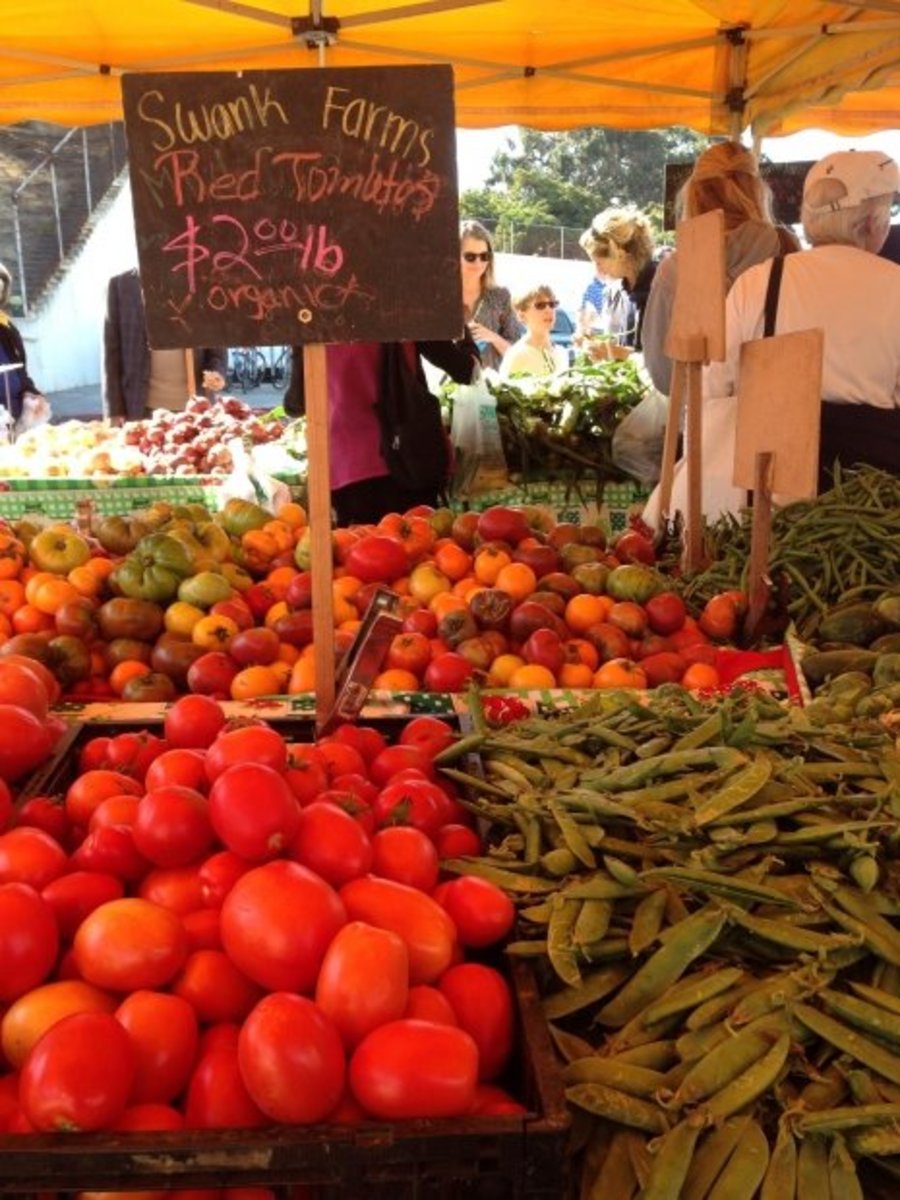The History of Farm Aid
RAISING AWARENESS FOR THE AMERICAN FARMER
It began with an off-the-cuff remark by entertainer Bob Dylan on July 13, 1985. Performing at a Live Aid concert, a benefit for African famine victims, Dylan said, “I hope that some of the money raised for the people of Africa, maybe they could just take a little bit of it, maybe…one or two million…to pay the mortgages on some of the farms in America.”
At the time, that remark was not appreciated by the benefit organizers, but several entertainers, among them Willie Nelson, John Mellencamp, and Neil Young, decided to hold their own benefit concert, called Farm Aid, to help farmers in the United States who were suffering through one of the toughest economic collapses in history.
Their goal was to raise money (Nelson hoped to raise $50 million), but also to raise awareness for farmers in need of assistance and legal help. During the 80’s, severe droughts had rendered many farms in the United States completely unproductive. Property values had plummeted, loan interest rates rose rapidly, and many farmers lost their farms due to foreclosure and bankruptcy.
The founders of the concert hoped to gain attention to these problems and hopefully dialogue would then follow and solutions to problems would be found. In fact, three days before the concert, Nelson and Young travelled to Washington D.C. to personally appeal to Congress to help the American farmer through improved farming laws.

THE FIRST FARM AID CONCERT
Held on September 22, 1985 at the University of Illinois’ stadium in Champaign, the first Farm Aid concert drew 78,000 people. More than 50 artists performed (at their own expense) in the 14-hour concert.
The concert and telethon raised more than $9 million, far below the goal hoped for by Nelson, but a tradition was started that night and has continued now for twenty-seven years.
Among the performers that first night were Willie Nelson, Bob Dylan, Billy Joel, B.B. King, Johnny Cash, Alabama, The Beach Boys, Bon Jovi, John Denver, Don Henley, Carole King, John Mellencamp, and Joni Mitchell.
Do You See Farm Aid As Useful and Helpful

THE TRADITION CONTINUES
And so it has continued all these years; the latest Farm Aid was held on September 22, 2012 in Hershey, Pennsylvania, and among the performers were Willie Nelson, John Mellencamp, Neil Young, Kenny Chesney, and Dave Matthews.
Willie Nelson, in fact, has performed at each and every Farm Aid concert, including 1989 when he did a series of solo concerts across the United States, all at his own expense.
To date, Farm Aid has raised over $40 million to help the farmers of this nation.
Farm Aid Executive Director Carolyn Mugar, states that the focus has changed since the mid-80’s. Today it is “more about anti-corporate fight back.” She goes on to say, “we want government to be a referee and ensure that we have a level playing field with the large, corporate farms.”
They are also quite busy promoting locally grown food and at each of their concerts only “homegrown” food is served. The recent trend towards loca-vore and organic diets has been a big boost for Farm Aid and farmers in general, but there is still a great deal of work ahead.

THE HARSH REALITY
One-third of the world’s workers are involved in agriculture, and yet in the United States only 2.5% of our workers are in farming. However, the United States is fourth in the world in agricultural output, behind only China, the European Union, and India.
What does that tell you? It clearly illustrates the problem family farmers are facing today. There are fewer and fewer family farms in the United States, and yet our productivity output is at record levels. Why? Because most of the productive farms in this country today are corporate farms, huge conglomerates that control the farming industry in this country.
Mega-corporations like Archer Daniels Midland, Monsanto Company, and the privately held Cargill, control the farming industry through a process called vertical integration. In other words, they control every aspect of farming, from seed supply, agrichemicals, food processing, machinery, storage, transport, distribution, marketing, advertising and sales, and this process is slowly squeezing out the family farmer, making it impossible for them to compete on a national market.
The three corporations mentioned above accounted for over $65 billion in 2010, and recent estimates state that megacorporations account for over 78% of revenue in the agriculture industry in the United States. Clearly someone is making money in farming but it most definitely is not the family farmer.
The family farmer, and there are more than two million of them in the United States, faces a playing field that is definitely not level. In many cases they become contract farms, selling their crops to the major corporations at a pre-arranged price that has very little to do with the laws of supply and demand.
A great look at dairy farming in Wisconsin
- Dairy Farming in Wisconsin: Part 1 - Feeding a Herd of Milk Cows
My father used to always say that a dairy farmer buys retail and sells wholesale. This is so very true when you consider how astronomical feed expenses are while the price for milk that the farmer gets is so low. From personal experience on my sister
From my friend Rachel
- Why Young People Should Consider Becoming Farmers
If no one has suggested that you consider farming as a career, then let me be the first. Fact: In 2011, the average age of the American farmer was 57; in 2012, for every one farmer under the age of 25, there are five farmers over the age of 70. That
Related article
- Social Issues: Caterpillar Freezes Wages For Six Years
A story of greed and irresponsibility in the corporate world. The rich get richer and the middle class continues to shrink!
Problems in Farming
- Farming in America
A look at one family, one farm, and the state of farming in America.
THE OUTLOOK FOR THE FUTURE
Well, the outlook is bleak for the family farmer. The Sherman Antitrust Act, passed in 1890, prohibits certain businesses from controlling prices and commerce in a particular industry, and calls on Congress to legislate and protect the spirit of that law. However, to date, the practices of these mega-corporations have not been determined to be in breach of the Sherman Act.
The Farm Bill, an omnibus legislation that is renewed every five years by the U.S. Congress, has been largely ineffective in dealing with the current issues, focusing more on farm aid rather than farming reform.
The only bright spot on the horizon for family farmers is the growing movement towards organic farm products. As more and more Americans become disillusioned with pesticides and genetic engineering, we are seeing a slow but gradual movement away from mega farms whose farming practices are less than stellar.
Family farms are also moving in the direction of specialty products, those not grown and sold by the major corporations.
This is a painfully slow process, and while it plays out, more and more family farms are either forced to go bankrupt, accept foreclosure, or become contract farms.
All of which brings us back to Farm Aid, a continuing event which hopefully will continue to raise awareness about the plight of the family farmers in the United States. Realistically, the $40 million dollars raised over the past 27 years, is but a drop in the bucket when dealing with the staggering problems that farmers face. However, one cannot put a price on the goodwill created by these live concerts. As one farmer said last month at the concert: “For a few hours, it felt as though someone actually cared about us.”
2012 William D. Holland (aka billybuc)









